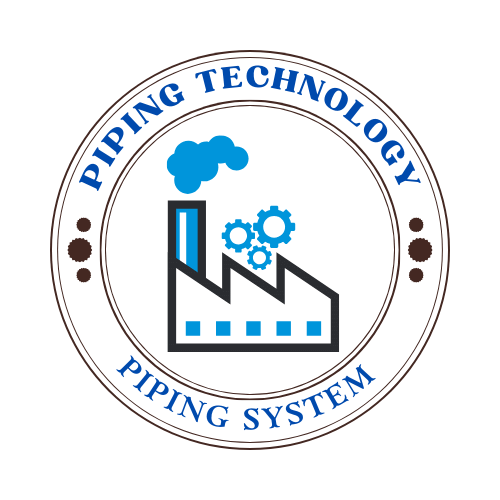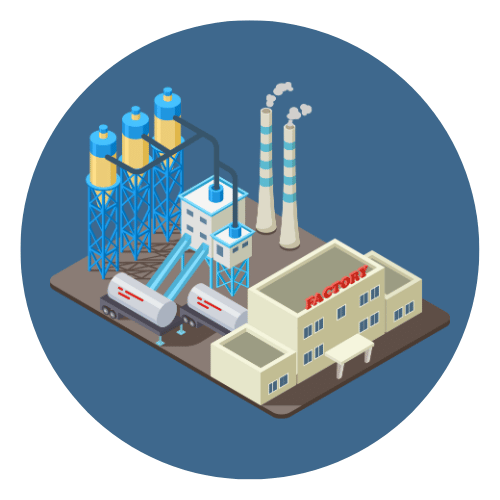Understanding Actuators: The Heart of Modern Automation
Contents
- 1
- 1.1
- 1.2 I. What is an Actuator?
- 1.2.1 Benefit of Actuator
- 1.2.2 1. Automation and Efficiency
- 1.2.3 2. Precision and Control
- 1.2.4 3. Safety and Reliability
- 1.2.5 4. Versatility
- 1.2.6 5. Energy Efficiency
- 1.2.7 6. Cost Savings
- 1.2.8 7. Scalability
- 1.2.9 8. Enhanced Performance
- 1.2.10 9. Integration with Advanced Technologies
- 1.2.11 Conclusion
- 1.3 II. Types of Actuators
- 1.4 III. How does an actuator works?
- 1.5 IV. Actuator Specifications
- 1.5.1 1. Type of Actuator
- 1.5.2 2. Load Capacity
- 1.5.3 3. Speed
- 1.5.4 4. Stroke Length
- 1.5.5 5. Operating Voltage and Current
- 1.5.6 6. Pressure Requirements
- 1.5.7 7. Duty Cycle
- 1.5.8 8. Precision and Repeatability
- 1.5.9 9. Environment and Protection
- 1.5.10 10. Control Interface
- 1.5.11 11. Mounting Options
- 1.5.12 12. Power Consumption
- 1.5.13 13. Weight and Dimensions
- 1.5.14 14. Life Span and Maintenance
- 1.6 V. Selection Criteria
- 1.6.1 1. Type of Actuator
- 1.6.2 2. Load Requirements
- 1.6.3 3. Speed and Acceleration
- 1.6.4 4. Stroke Length or Range of Motion
- 1.6.5 5. Precision and Accuracy
- 1.6.6 6. Duty Cycle
- 1.6.7 7. Environmental Conditions
- 1.6.8 8. Control and Feedback Requirements
- 1.6.9 9. Power Supply
- 1.6.10 10. Physical Dimensions and Weight
- 1.6.11 11. Mounting and Installation
- 1.6.12 12. Maintenance and Longevity
- 1.6.13 13. Cost
- 1.6.14 14. Compliance and Standards
- 1.7 VI. Application of Actuator
- 1.8 VII. Actuator Standards and Regulations
- 1.9 VIII. Conclusion

IV. Actuator Specifications

Contents1 I . What Is ENT Conduit?1.1 Key Characteristics of ENT Conduit:1.2 Typical Applications Include:2 II. Understanding ENT Conduit Material and Construction2.1 1. Material Composition2.2 2. Physical Construction2.3 3. Sizes and Color Coding2.4 4. Compatibility with Fittings2.5 5. Environmental and Safety Considerations3 III. Key Standards and Certifications for ENT Conduit3.1 1. National Electrical Code (NEC) […]

Contents1 What is RMC Conduit?1.1 Technical Definition and Structure1.2 Common Materials Used1.3 Standard Sizes and Thickness1.4 Markings and Codes1.5 Where It Fits Among Conduit Types2 Manufacturing and Coating Process of RMC Conduit2.1 Raw Materials and Tube Formation2.2 Threading and End Finishing2.3 Galvanizing and Anti-Corrosion Treatments2.4 Coating Options: PVC and Epoxy2.5 Quality Control and Compliance3 Key […]

Contents1 What Is Flexible Electrical Conduit?2 History and Evolution of Flexible Electrical Conduit3 Types of Flexible Electrical Conduit3.1 1. Metallic Flexible Electrical Conduit (FMC)3.2 2. Liquid-Tight Flexible Metal Conduit (LFMC)3.3 3. Intermediate Flexible Conduit (Shielded and Armored Types)3.4 4. Non-Metallic Flexible Electrical Conduit (FNMC)3.4.1 a. Flexible PVC Conduit3.4.2 b. Flexible Nylon Conduit3.4.3 c. Flexible Corrugated […]

Contents1 I. What Are Electronic Components?1.1 🔌 1. Passive Components1.2 ⚡ 2. Active Components1.3 ⚙️ 3. Electromechanical Components1.4 💡 Where Are They Used?1.5 🧠 Why Are They Important?2 II. Classification of Electronic Components2.1 A. Active vs. Passive Components2.1.1 1. Active Components2.1.2 2. Passive Components2.1.3 3. Key Differences Between Active and Passive Components2.2 B. Electromechanical Components2.3 […]

Contents1 I. What is Air Compressor Pressure Switch?1.1 Key Components of an Air Compressor Pressure Switch:2 II. How Air Compressor Pressure Switches Work2.1 Basic Mechanism2.2 Operation Cycle2.3 Illustration of a Typical Pressure Switch2.4 Safety and Efficiency3 III. Types of Air Compressor Pressure Switches3.1 1. Mechanical Pressure Switches3.2 2. Digital Pressure Switches3.3 3. Condor Pressure Switches3.4 […]

Contents1 I. What is Shrink Tubing?2 II. Components of Shrink Tubing3 III. Shrink Tubing Dimensions3.1 Shrink Ratio Example:3.2 Selecting Shrink Tubing Dimensions4 IV. What is Shrink Tubing Used For?5 V.Specialized Uses of Shrink Tubing6 VI. Types of Shrink Tubing7 VII. How to Apply Shrink Tubing7.0.1 1. Select the Correct Shrink Tubing7.0.2 2. Prepare the Area7.0.3 […]

Contents1 I. What is a Residual Current Device (RCD)?2 II. Introduction to Type A RCD3 III. How Does a Type A RCD Work?4 IV. Benefits of Using a Type A RCD4.0.1 1. Protection Against Both AC and Pulsating DC Currents4.0.2 2. Enhanced Safety in Modern Electrical Systems4.0.3 3. Compliance with Modern Electrical Standards4.0.4 4. Increased […]

Contents1 I. What is a Cable Gland?2 II. Types of Cable Glands2.0.1 1. Metallic Cable Glands2.0.2 2. Non-metallic Cable Glands2.0.3 3. Explosive Environment Cable Glands (Ex-rated)2.0.4 4. EMC Cable Glands (Electromagnetic Compatibility)2.0.5 5. Single Compression Cable Glands2.0.6 6. Double Compression Cable Glands2.0.7 7. Armored Cable Glands2.0.8 8. Unarmored Cable Glands2.0.9 9. Waterproof Cable Glands2.0.10 10. […]

Contents1 I. What is a Mini Circuit Breaker (MCB)?2 II. Working Principle of Mini Circuit Breaker (MCB)2.0.1 1. Thermal Protection (Overload Condition)2.0.2 2. Magnetic Protection (Short Circuit Condition)2.0.3 Tripping Mechanism3 III. Types of Mini Circuit Breakers (MCBs)3.0.1 1. Based on Pole Configuration3.0.2 2. Based on Tripping Characteristics (Curve Types)3.0.3 Other Specialized MCB Types4 IV. Advantages […]

Contents1 I. What is a Loop Detector?1.1 How Loop Detectors Work:1.2 Benefits of Loop Detectors:2 II. Overview of Loop Detector Technology3 III. 6 Key Factors Affecting Loop Detector Lifespan3.0.1 1. Quality of Materials3.0.2 2. Installation Quality3.0.3 3. Environmental Conditions3.0.4 4. Frequency and Type of Use3.0.5 5. Maintenance and Monitoring3.0.6 6. Traffic and Roadway Conditions4 IV. […]


 Automation System
Automation System  Energy Engineeing
Energy Engineeing  Instrumentation System
Instrumentation System  Mechanical Engineeing
Mechanical Engineeing  Piping Technologies
Piping Technologies  Transportations
Transportations  Manufacturing
Manufacturing  Training Material
Training Material 




